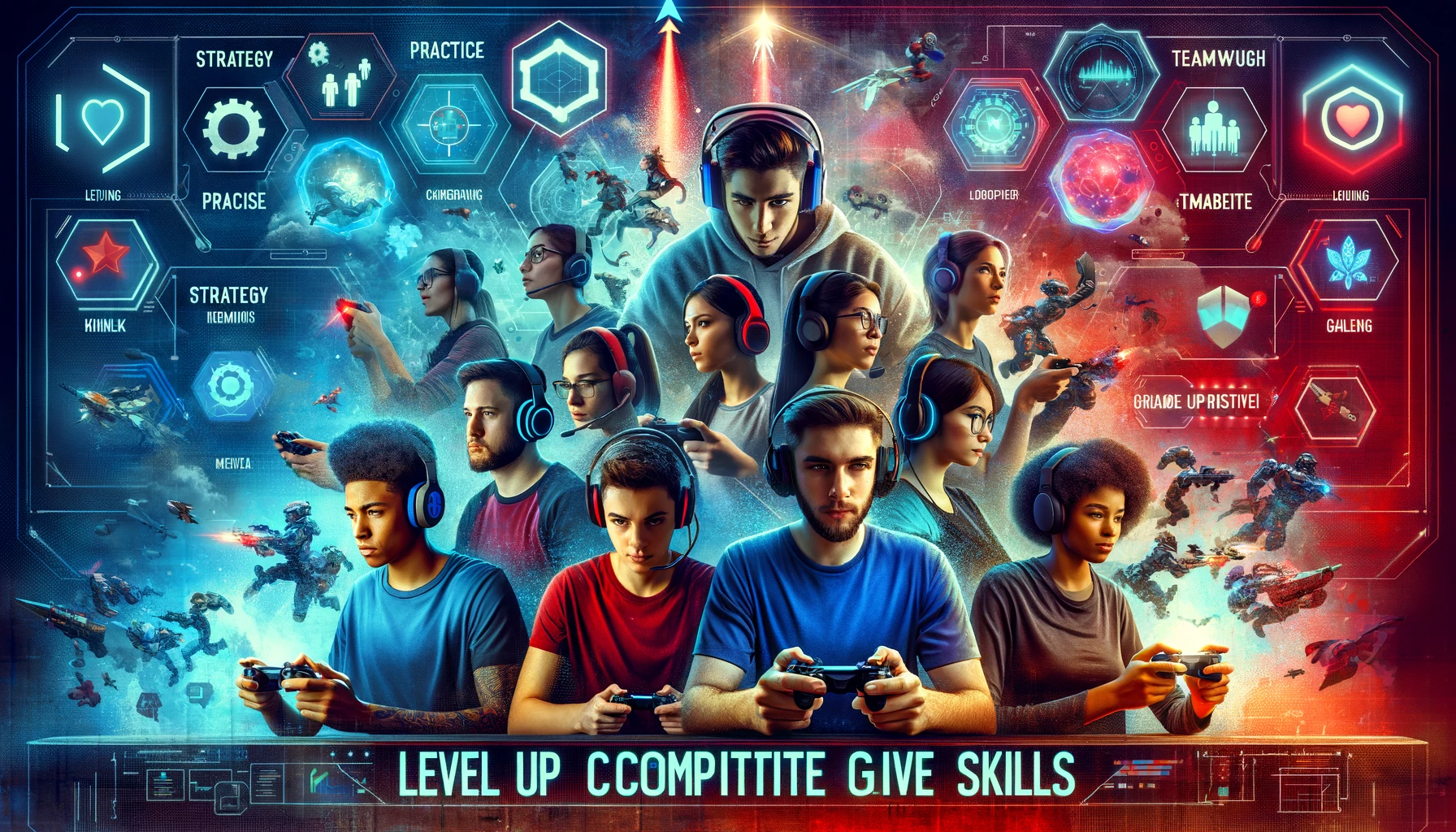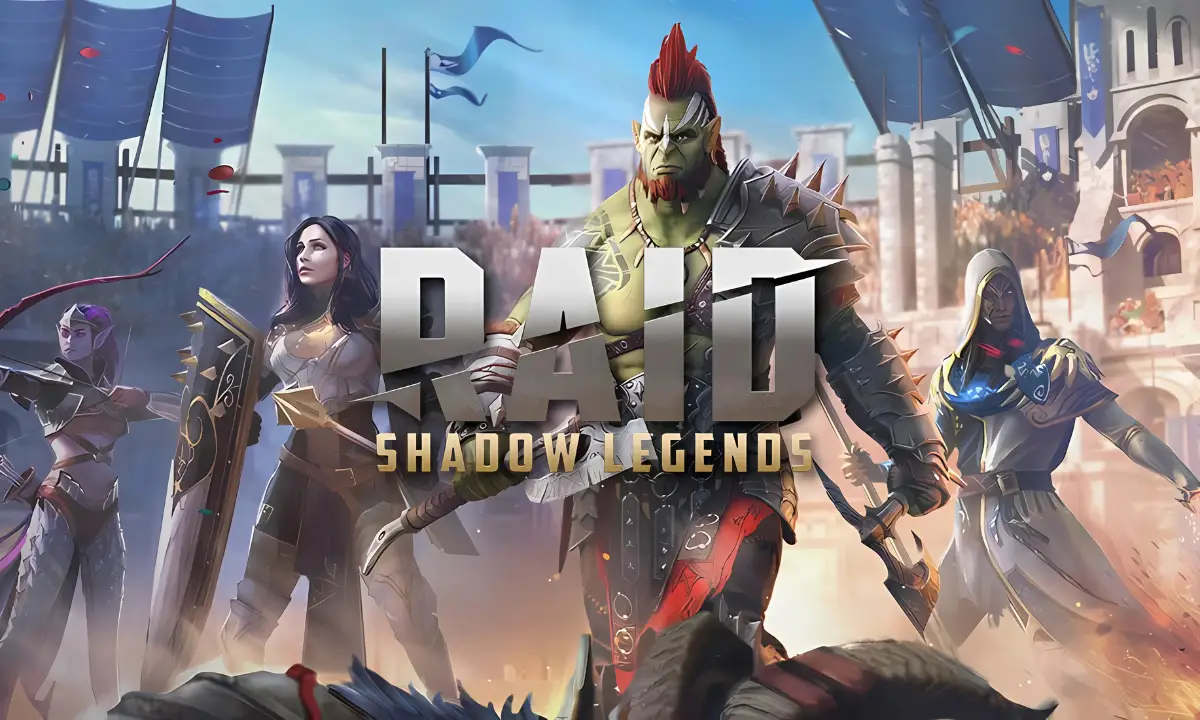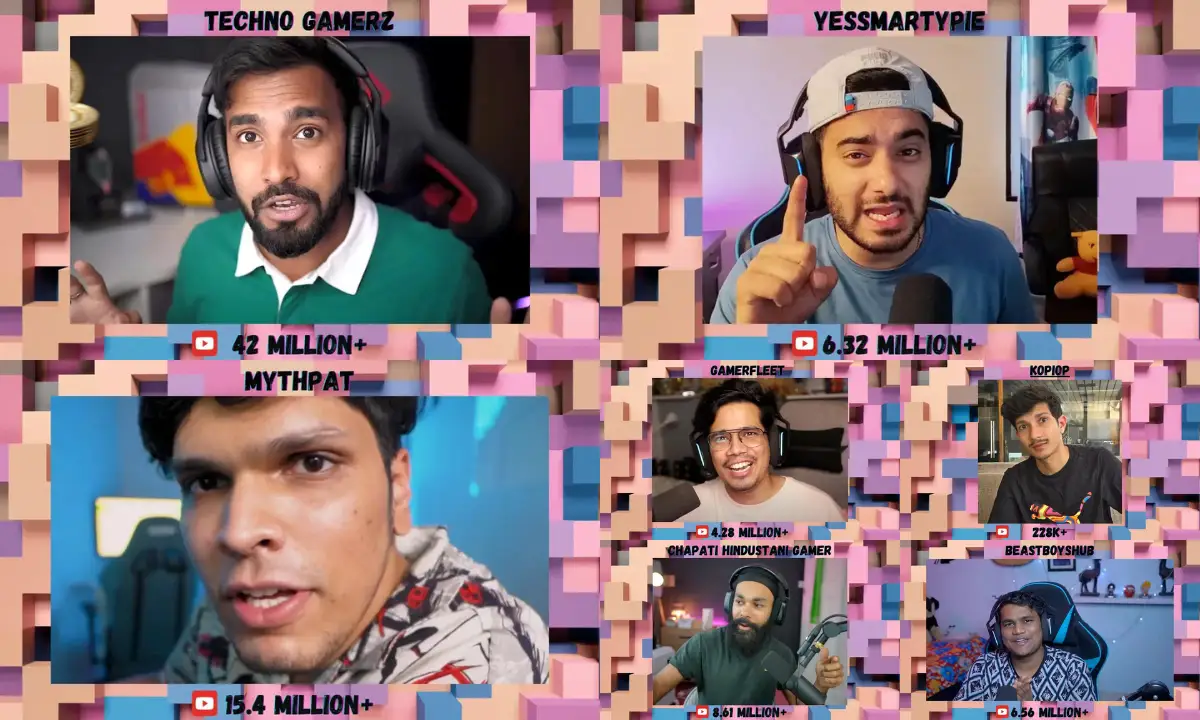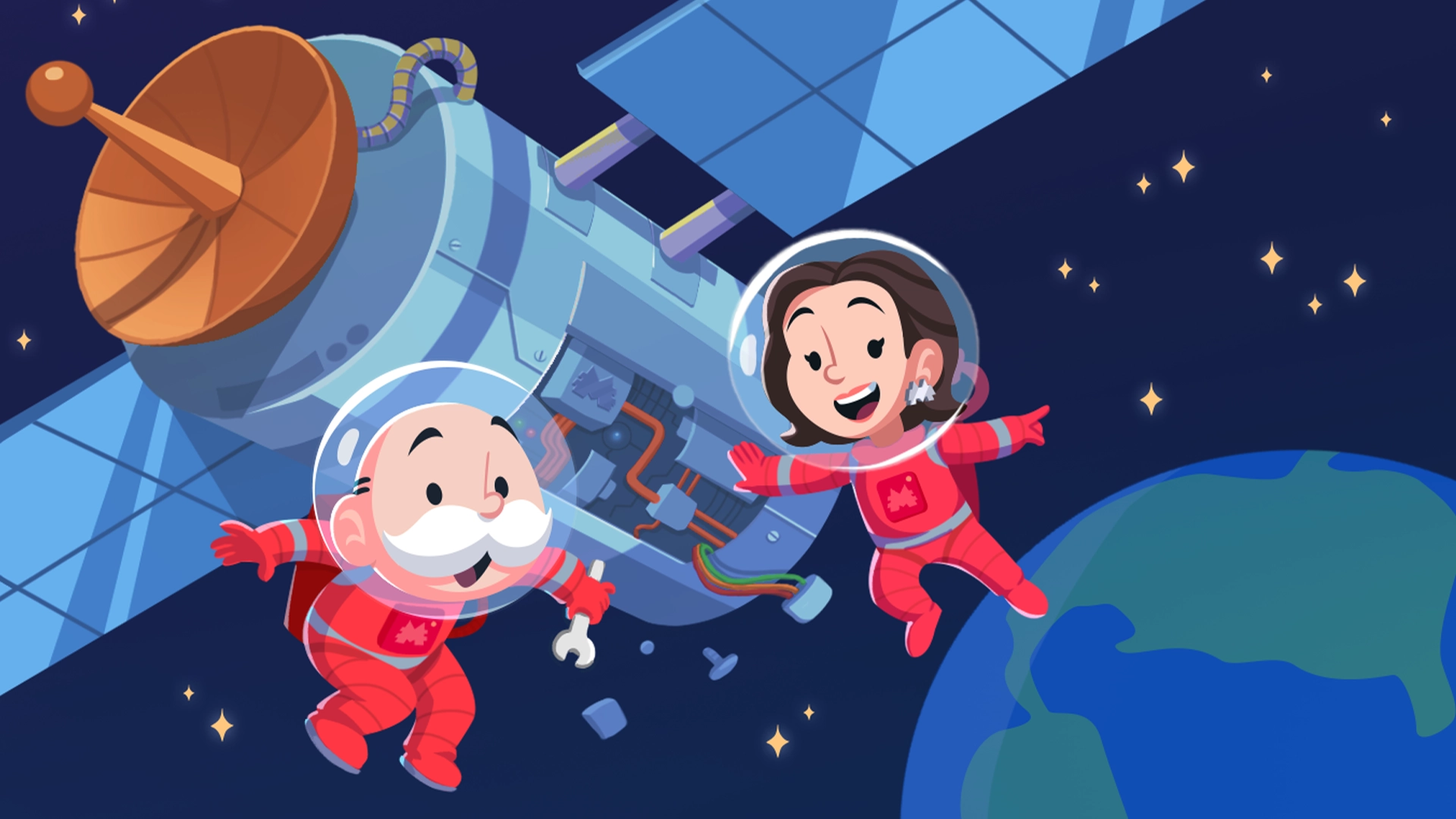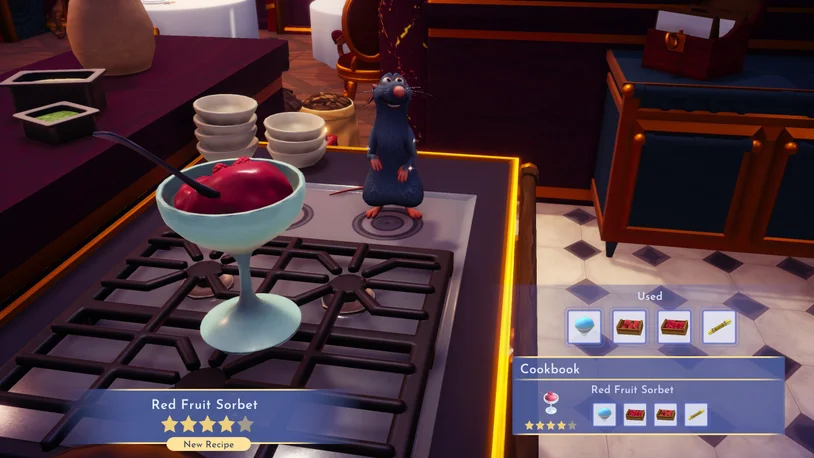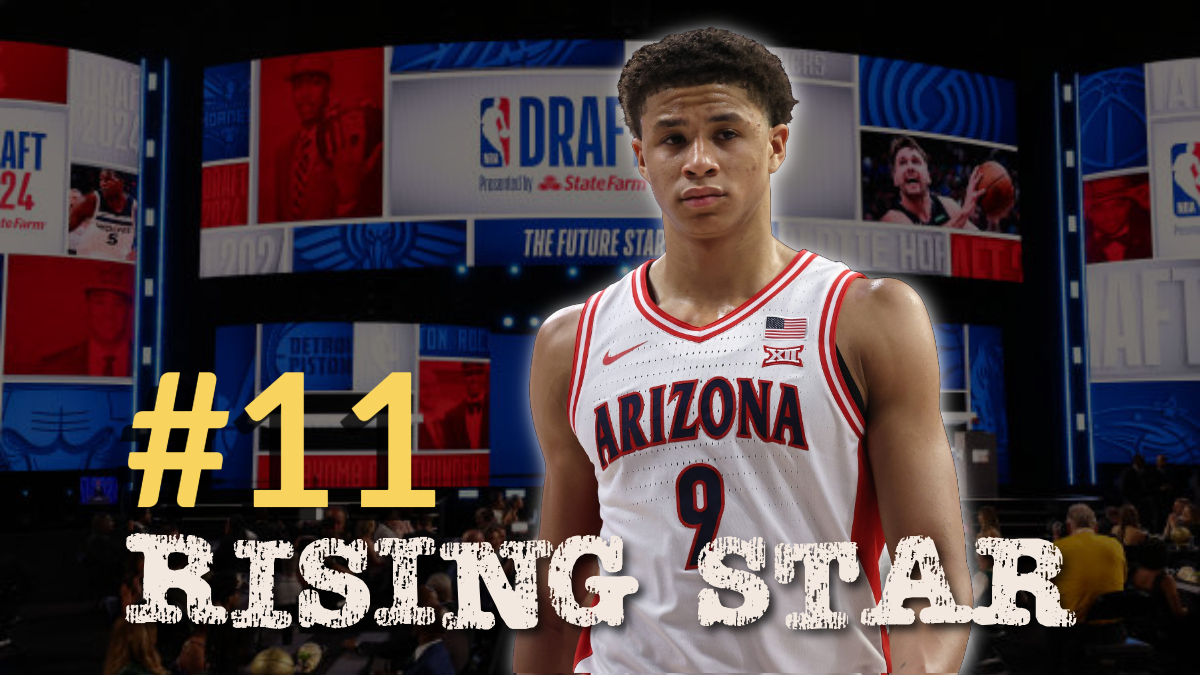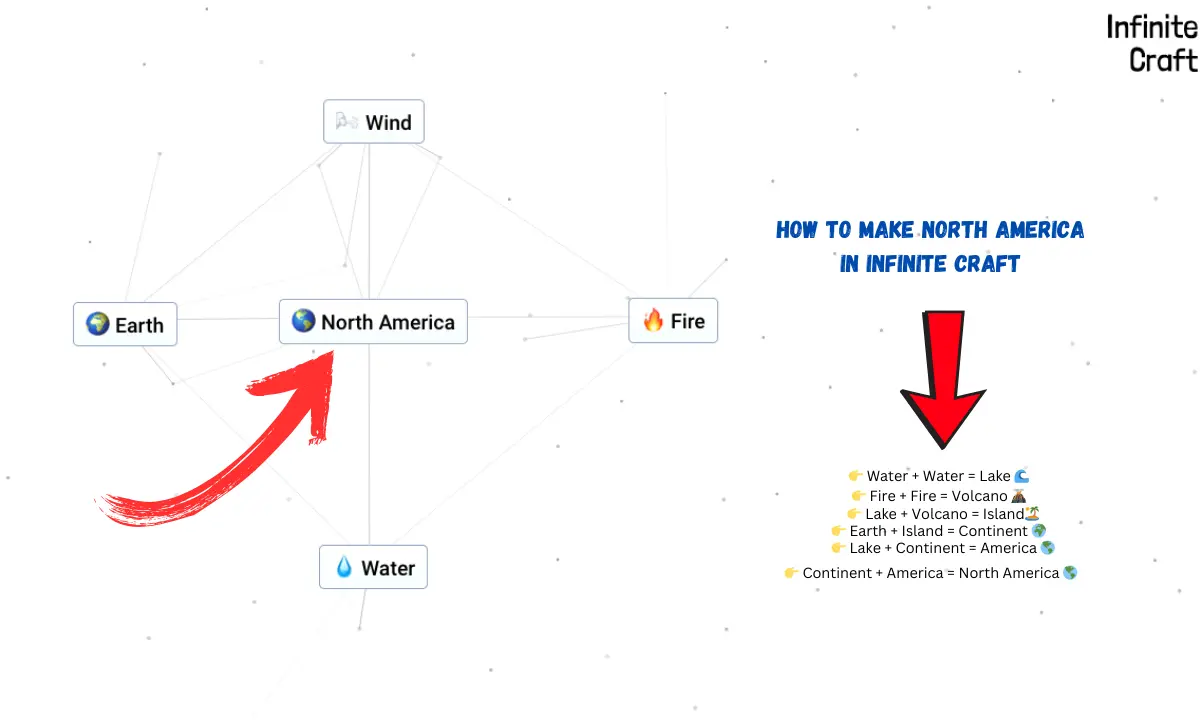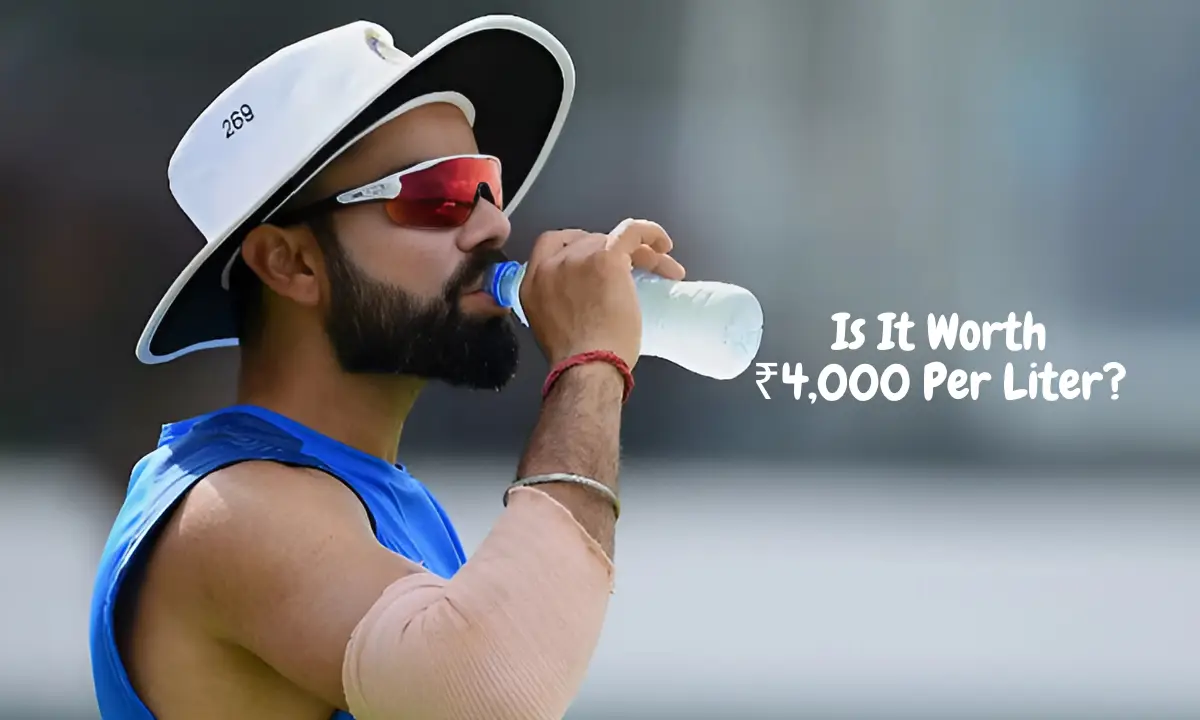Hey, got that fire in your belly for competitive gaming? Ready to really own the scene? Well, you’ve landed in just the right spot! Here, I’m going to walk you through seven killer strategies that’ll boost your gaming skills and help you climb right to the top. This guide’s perfect whether you’re just starting out or already a pro gamer aiming to dominate.
These tips aren’t just pulled out of thin air. Nope, they’re the result of some solid research and a deep dive into what makes competitive players tick. From sharpening those senses to getting your reaction times lightning-fast, we’ve got a strategy for every corner of the gaming world.
And this isn’t just for one type of game. No sir! Whether you’re into the fast-paced world of first-person shooters or the strategic play of battle royals, there’s something here for everyone. So, if you’re up for the challenge and ready to unlock the beast mode of your gaming skills, let’s jump right into it. Time to level up and leave those opponents in the dust!
Table of Content
The Importance of Competitive Gaming Skills
Competitive gaming, often known as eSports, is not just a pastime anymore; it’s a global phenomenon. It’s where skills meet strategy and where dedication meets recognition. But why are competitive gaming skills important? Firstly, they can lead to personal achievement and recognition in the gaming community. Secondly, for many, it’s a career path that offers not just fame, but also income. Lastly, these skills promote teamwork, strategic thinking, and quick decision-making, which are valuable in both virtual and real-life scenarios.
Understanding the Different Types of Competitive Gaming
Competitive gaming is a broad field with various genres each requiring a unique set of skills. The main types include:
- First-Person Shooters (FPS): These games, like ‘Counter-Strike’ and ‘Call of Duty’, focus on gunplay and strategy. Success requires excellent aim, reflexes, and teamwork.
- Multiplayer Online Battle Arenas (MOBA): Games like ‘League of Legends’ and ‘Dota 2’ combine strategy, teamwork, and character control. Knowing your role and mastering multiple characters are key.
- Fighting Games: Titles like ‘Street Fighter’ and ‘Tekken’ require memorization of combo patterns and reading the opponent’s moves.
- Real-Time Strategy (RTS): Games like ‘StarCraft’ demand fast decision-making, resource management, and understanding of unit strengths and weaknesses.
- Battle Royale: In games like ‘Fortnite’ and ‘PUBG‘, survival skills, map knowledge, and quick thinking are vital.
Key Skills for Competitive Gaming Success
Success in competitive gaming isn’t just about being good at a game. It encompasses several skills:
- Strategic Thinking: Understanding the game mechanics, predicting opponents’ moves, and making quick decisions.
- Technical Skills: This includes aiming, movement, and specific game mechanics.
- Mental Fortitude: Staying calm under pressure, maintaining focus, and handling loss without tilting.
- Teamwork and Communication: Sharing information, coordinating with teammates, and executing plans together.
- Physical Stamina: Maintaining concentration and precise movements over long periods.
Read more Unleash the Beast: Top 10 Gaming Laptops 2024 for Hardcore Gamers.
Strategy #1: Practice, Practice, Practice
The foundation of any skill, especially in gaming, is practice. But it’s not just about playing a lot; it’s about practicing the right way. Set specific goals, focus on one aspect of the game at a time, and gradually incorporate more elements. Use tools and modes designed for practice, like aim trainers or custom maps. Remember, quality trumps quantity.
Imagine you’re playing a popular first-person shooter game, such as ‘Counter-Strike: Global Offensive‘. You’ve noticed that your aiming skills could use some improvement, which is a common challenge for many players.
Setting Specific Goals: You decide that your goal is to improve your aim, specifically your headshot accuracy. Instead of just playing match after match hoping to get better, you set a quantifiable goal: “I want to increase my headshot accuracy from 20% to 30% within the next month.”
Focusing on One Aspect of the Game: To achieve this, you focus solely on improving your aim. You begin by using aim trainers, which are tools designed to help players improve their aiming skills. These programs provide various scenarios that mimic in-game situations but allow you to practice without the pressure of a real match.
Gradual Incorporation of Elements: Once you feel your aim improving in the trainer, you start applying these skills in the game. Initially, you might not engage in full matches; instead, you might enter maps alone (using custom maps designed for practice) to understand angles and learn how to aim at common spots where enemies appear. This allows you to isolate the skill and practice without distractions.
Quality Over Quantity: Instead of playing for hours on end, you dedicate specific, focused sessions to practicing your aim. You spend 30 minutes in the aim trainer, followed by 30 minutes practicing on custom maps each day. This focused practice ensures that you are not just playing; you’re actively improving a specific skill.
Over time, you start to see improvement. Your headshot accuracy begins to rise, and you’re hitting more shots in actual games. You’re not just practicing; you’re practicing effectively. This leads to better performance in competitive matches and a noticeable improvement in your gaming skills.
Strategy #2: Analyzing Your Gameplay
Improvement comes from understanding your strengths and weaknesses. Review your gameplay, ideally with a more experienced player or coach. Look for patterns in your mistakes and identify areas for improvement. Use statistics and replay features to dissect your decisions and outcomes. Learning from each game, whether a win or a loss, is crucial for development.
Suppose you’re an avid player of ‘League of Legends‘, a complex MOBA game where strategy, skill, and teamwork are crucial for success. You’ve been playing regularly, but you feel stuck in your current rank and want to climb higher.
Reviewing Your Gameplay: After each game, instead of immediately jumping into another one, you start taking time to review replays of your matches. You focus on games where your performance was poor as well as games where you did well but still lost.
Seeking Feedback: You approach a more experienced friend who is ranked significantly higher and ask them to review a couple of your game replays. They agree, and while watching, they point out that you often overextend without proper vision, leading to unnecessary deaths. They also notice that you tend to miss opportunities for objective control.
Identifying Patterns and Areas for Improvement: With your friend’s feedback, you start noticing these patterns yourself as you review more of your games. You realize that your aggressive playstyle isn’t always suited to the situation and that you often neglect map awareness and objective control.
Using Statistics and Replay Features: You begin to use the in-game statistics and replay features more effectively. You pay special attention to moments before your deaths to understand what went wrong. Was it lack of vision, poor positioning, or bad decision-making? You also start tracking your objective control statistics to see if there’s improvement over time.
Learning from Each Game: You make a conscious effort to learn something from every game you play, win or lose. After identifying your tendency to overextend, you make a new rule for yourself: never advance beyond the halfway point in a lane without sufficient vision. You also commit to prioritizing objectives more, setting personal goals like securing a certain number of dragons or turrets in your games.
By implementing these steps, over time, you begin to see noticeable improvements in your gameplay. You die less often, contribute more to team objectives, and your rank starts to climb. This process of analyzing your gameplay, seeking feedback, identifying patterns, and learning from each match leads to significant personal development and success in the game. This strategic approach isn’t just limited to ‘League of Legends’ but can be applied to any competitive game to enhance performance and achieve higher rankings.
Strategy #3: Studying the Pros
Watching and learning from professional gamers can dramatically boost your gaming skills. Observe how they navigate maps, manage resources, or execute strategies. Notice their positioning, timing, and decision-making. Many pros also share tips and insights through streams or tutorials. Mimic their methods, understand their choices, and gradually integrate their tactics into your gameplay. Remember, it’s not about copying them entirely but adapting what they do to improve your own style.
Imagine you’re passionate about ‘Overwatch’, a team-based first-person shooter where each character (hero) has unique abilities. You’ve chosen to specialize in playing support heroes, but despite your efforts, you feel like you’re not making the impact you should be in your matches.
Selecting Professional Gamers: You start by identifying top ‘Overwatch’ players who excel in the support role. These could be individuals known for their exceptional gameplay in tournaments or those who have instructional content online. You choose a couple of pro gamers, such as ML7 and Jjonak, known for their incredible skill and strategic understanding of support characters.
Watching and Analyzing Gameplay: You dedicate time to watching replays of their matches, focusing specifically on their positioning, use of abilities, and decision-making. For example, you notice how ML7 positions himself to maximize his healing output while staying safe from enemy attacks. Similarly, you observe how Jjonak uses Zenyatta’s orbs not just for healing but also for significant offensive pressure.
Taking Notes and Applying Techniques: As you watch, you take notes on key strategies, such as the optimal times to use ultimate abilities, how to effectively communicate with your team, and how to anticipate enemy movements. You pay particular attention to how these pro players react under pressure and adapt to different situations.
Mimicking and Adapting: Armed with new knowledge, you start applying these strategies in your own games. You mimic ML7’s positioning techniques, staying in locations where you can heal your team while minimizing your risk of getting picked off by the enemy. You also start using Jjonak’s aggressive playstyle with Zenyatta, balancing between healing and dealing damage more effectively.
Continuous Learning and Adaptation: You understand that simply copying these pro players won’t make you instantly better; you need to adapt their strategies to fit your playstyle and the current game situation. As you continue to watch and learn from these pros, you refine your approach, becoming more versatile and impactful in your role.
Strategy #4: Building a Strong Team
In many competitive games, teamwork can make or break a match. A strong team is not just about individual skill levels; it’s about how well players work together. Build a team with complementary skills and roles. Communication is key: establish clear strategies, callouts, and feedback mechanisms. Practice together to develop synergy and understanding. Remember, a united team with average skills can often defeat a group of strong individuals who don’t work well together.
Strategy #5: Developing Mental Toughness
Competitive gaming can be as mentally demanding as it is physically. Developing mental toughness means training yourself to stay calm, focused, and positive, even under pressure. Work on handling frustrations and setbacks without losing morale. Setbacks are not failures but lessons. Establish routines and rituals to keep your mental state balanced and focused. Remember, the strongest players are not those who never lose, but those who learn and grow from every game.
Strategy #6: Understanding Game Mechanics
Deep knowledge of game mechanics sets the good apart from the great. This means more than just knowing the rules; it involves understanding the underlying systems that drive the game. Learn how scoring works, what affects movement speed, or how different weapons compare. Experiment with different settings and configurations to find what best suits your style. The more you know about the game, the more you can bend its rules to your advantage.
Strategy #7: Participating in Tournaments and Events
The true test of a gamer’s skill and mental fortitude is competition. Participating in tournaments and events exposes you to different playing styles and strategies. It also provides valuable experience under pressure. Start with local or online tournaments suitable for your level and gradually move up as you gain confidence and skill. Each event is a learning opportunity, whether you win or lose. Remember, regular competition fosters growth, resilience, and a better understanding of the game at a professional level.

